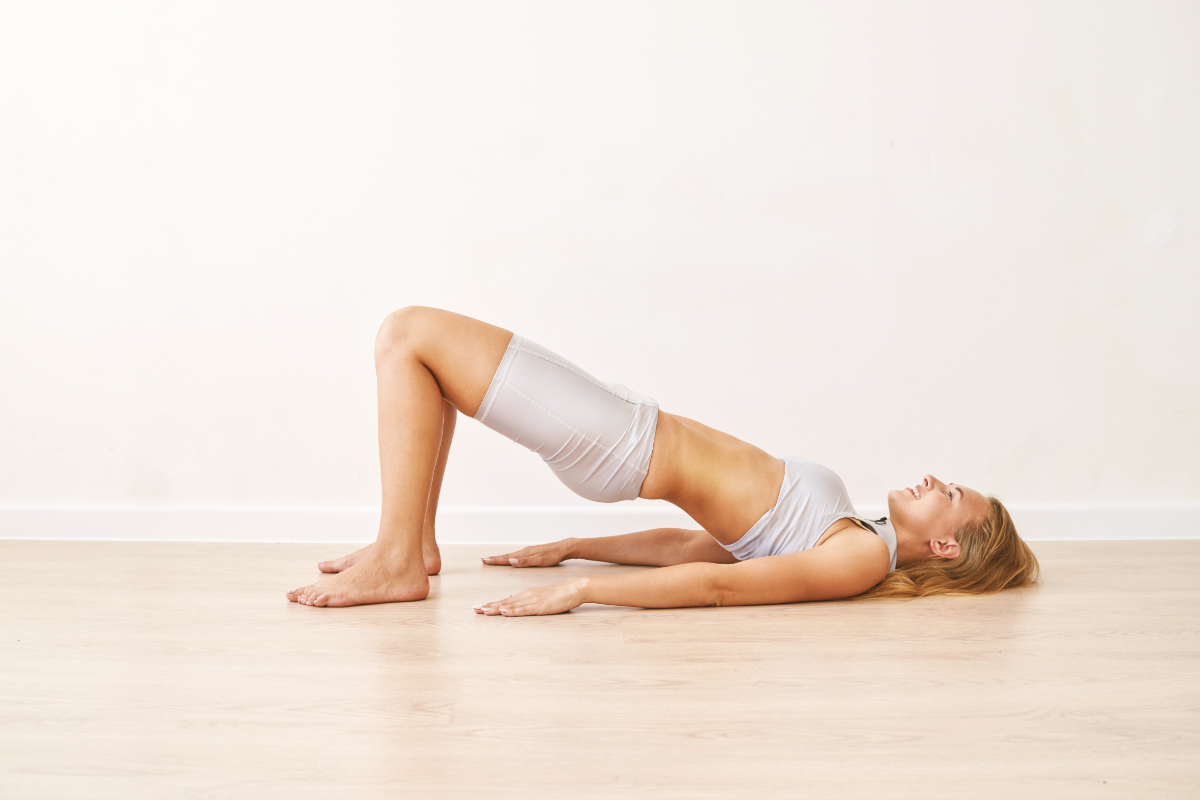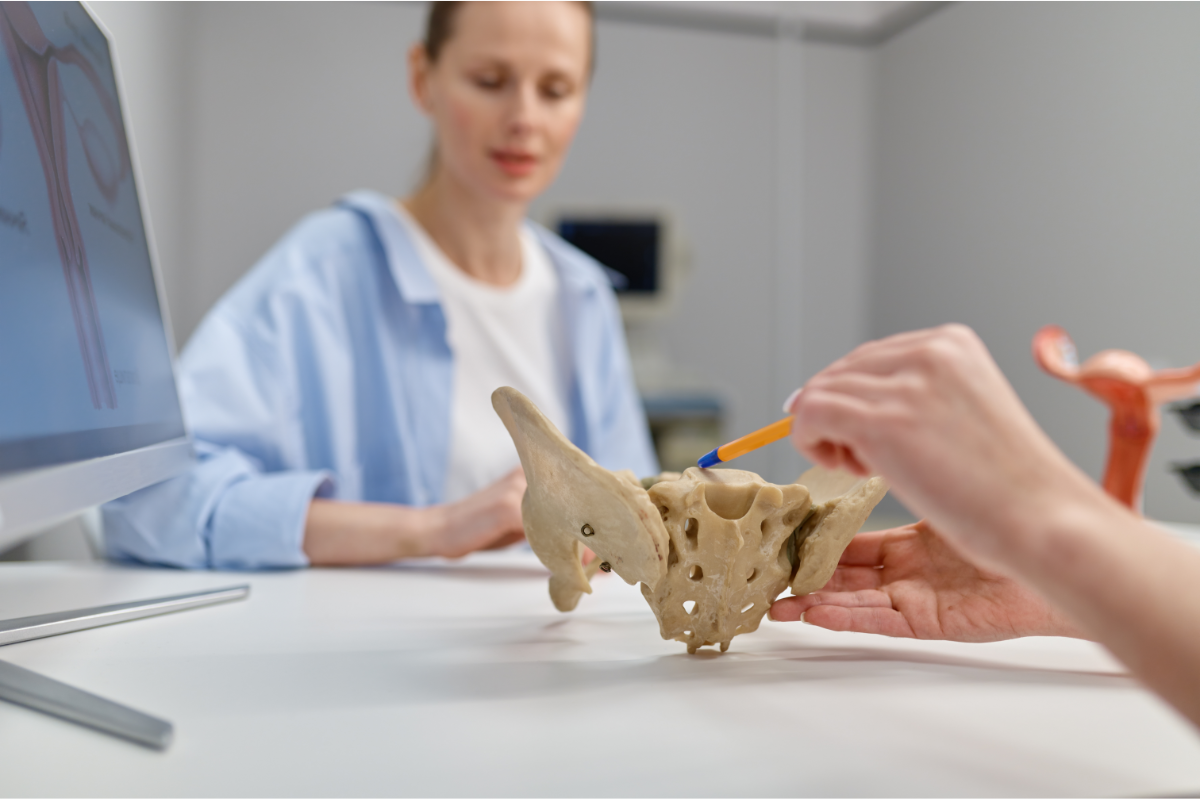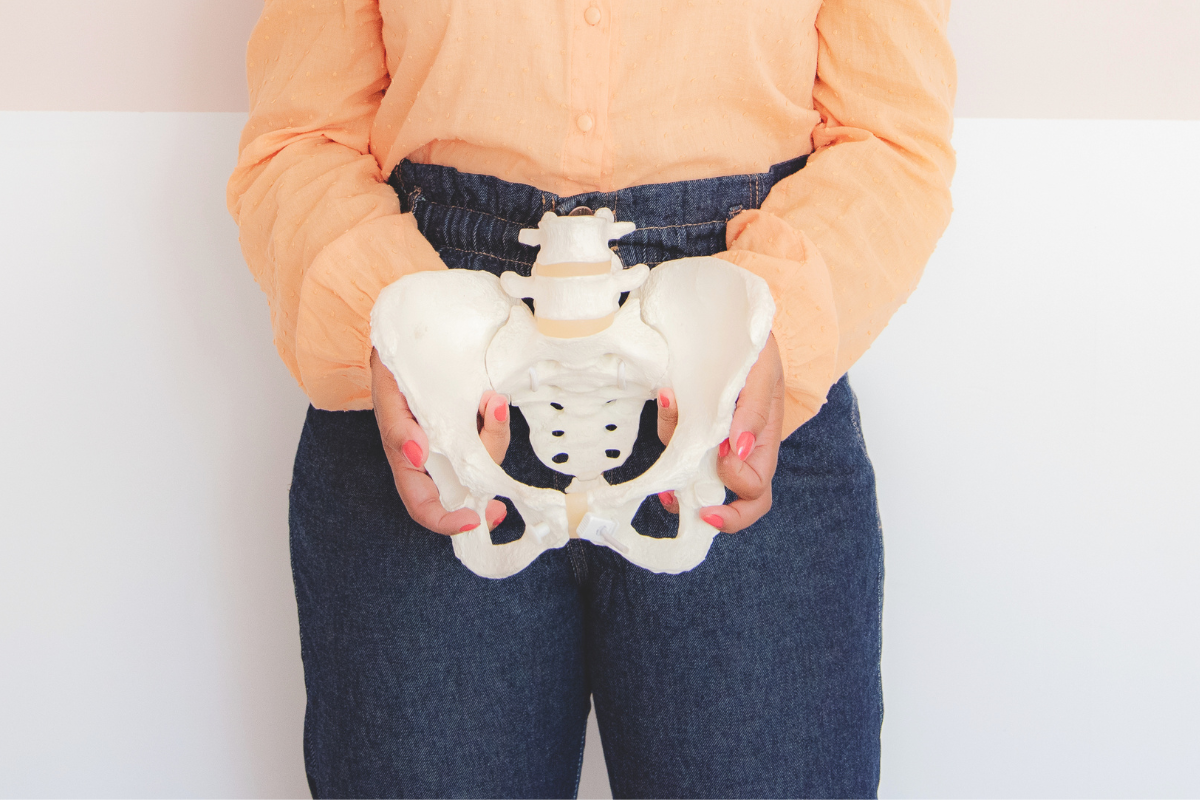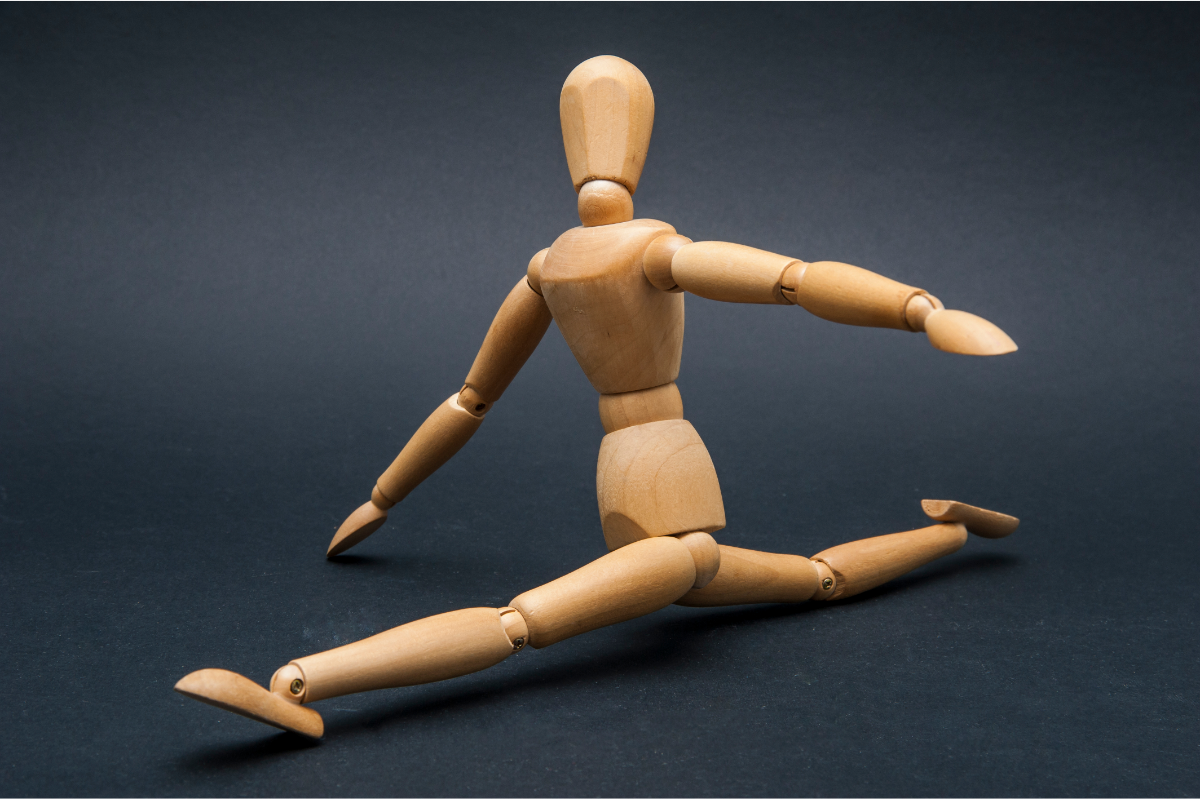How to Do Pelvic Floor Exercises After Childbirth
Pelvic floor exercises, often referred to as Kegel exercises, target the muscles that support the bladder, uterus, and bowel. These muscles play a crucial role in maintaining your pelvic health and can be especially important for women who have recently given birth. When you strengthen these muscles, you not only improve bladder control but also enhance sexual function and decrease the risk of pelvic organ prolapse.
Benefits of Strengthening the Pelvic Floor
Strengthening your pelvic floor muscles can lead to significant benefits:
- Enhanced bladder control: Helps prevent incontinence, a common issue after childbirth.
- Improved recovery post-delivery: Aids in healing by promoting circulation and muscle strength.
- Better sexual health: Can improve sensation and pleasure during intimacy.
Why You Should Start After Childbirth
Postpartum Recovery and Healing
After childbirth, your body undergoes numerous changes, and the pelvic floor muscles may weaken. Starting pelvic floor exercises early in your postpartum journey can aid in your recovery. They help to rebuild strength and support the healing process.
Long-Term Health Benefits
Investing time in these exercises can prevent complications later in life, such as incontinence or pelvic organ prolapse. Imagine building a strong foundation for your health, ensuring that your body remains resilient as it ages.
Getting Started with Pelvic Floor Exercises
Knowing When to Begin
Timing After Delivery
You might be wondering when it’s safe to start these exercises. Generally, you can begin pelvic floor exercises as soon as you feel comfortable. Most healthcare providers suggest starting within a few days after delivery, but always check with your doctor, especially if you had complications during childbirth.
Consulting Your Healthcare Provider
Before diving in, it’s wise to consult your healthcare provider. They can offer personalized advice and ensure that you’re ready to start. This step is crucial, especially if you’ve experienced significant trauma during delivery.
Preparing for Exercises
Creating a Comfortable Environment
Set yourself up for success! Find a quiet space where you can relax and focus on your body. Whether it’s your bedroom, living room, or even the bathroom, ensure it’s a place you can concentrate without distractions.
Choosing the Right Time of Day
Pick a time when you feel most energetic and least likely to be interrupted. Whether it’s during your baby’s nap or after a shower, consistency is key. This will help make pelvic floor exercises a natural part of your routine.
Types of Pelvic Floor Exercises
Kegel Exercises
How to Perform Kegels Correctly
To do Kegels, first identify your pelvic floor muscles. The best way to do this is by trying to stop urination midstream (but don’t make a habit of doing this during urination). Once you’ve identified the muscles, contract them for about 5 seconds, then relax for 5 seconds. Aim for 10 repetitions, three times a day.
Common Mistakes to Avoid
Many women unknowingly hold their breath or tighten their abdominal or thigh muscles while doing Kegels. Focus on relaxing those areas; the goal is to isolate the pelvic floor muscles. If you’re unsure, a pelvic floor physical therapist can guide you through the process.
Other Effective Exercises
Bridge Exercise
This exercise not only works the pelvic floor but also strengthens your glutes and lower back. To perform a bridge, lie on your back with your knees bent and feet flat on the ground. Lift your hips towards the ceiling, squeezing your pelvic floor muscles at the top, then lower back down.
Squats and Lunges
Both squats and lunges can help tone your pelvic floor muscles while also engaging your legs and core. Ensure your knees don’t go past your toes and keep your chest up. These compound movements can really amp up your workout routine!
Incorporating Breathing Techniques
Importance of Breathing
Breathing is crucial during pelvic floor exercises. Proper breath control can enhance your muscle engagement and relaxation, making your workouts more effective.
Connecting Breath with Movement
As you inhale, relax your pelvic floor muscles. When you exhale, engage them. This rhythm will help you become more in tune with your body and improve your exercise efficacy.
Integrating Breathing into Pelvic Floor Workouts
Coordination of Breath and Kegels
When performing Kegels, try coordinating your breath. Inhale deeply to relax, then exhale as you contract your pelvic floor. This connection between breath and movement can lead to better results and a greater sense of control over your muscles.
Relaxation Techniques
Incorporating relaxation techniques, such as visualization or progressive muscle relaxation, can help reduce any anxiety you may have about exercising. Think of your pelvic floor muscles as a gentle, rising tide—contracting and relaxing fluidly.
Creating a Consistent Routine
Setting Goals
Short-Term vs. Long-Term Goals
Set achievable short-term goals, like doing your exercises three times a week, then build up to longer-term goals, such as mastering advanced pelvic floor techniques. Celebrate small victories along the way!
Tracking Your Progress
Keeping a journal of your workouts can help you stay motivated and aware of your progress. Note down when you do your exercises, how you feel, and any improvements in your pelvic floor health.
Making It Part of Your Daily Life
Combining Exercises with Daily Activities
Try to incorporate your exercises into your daily routine. You can do Kegels while waiting for your coffee to brew or while watching TV. This will help you remember to do them without feeling like it’s an added chore.
Finding Support and Motivation
Consider joining a support group or finding a workout buddy. Sharing your experiences and challenges with others can keep you motivated and accountable. It’s much easier to stick to your goals when you have someone cheering you on!
Understanding the Challenges and Solutions
Common Challenges
Lack of Time
Many new moms struggle to find time for themselves. If you feel overwhelmed, remember that even a few minutes of focused exercise is beneficial. Every little bit counts!
Difficulty in Identifying Muscles
If you’re having trouble pinpointing your pelvic floor muscles, don’t stress! It can take practice. Consider consulting a pelvic floor physical therapist, who can provide you with personalized guidance.
Solutions and Tips
Quick and Effective Routines
If you’re pressed for time, opt for short, effective routines. A few minutes of focused Kegels can be done while waiting for your baby to fall asleep or while sitting on the couch.
Utilizing Apps and Resources
There are plenty of apps designed to guide you through pelvic floor exercises. These can provide reminders and track your progress, making it easier to stay on track.
Pelvic floor exercises are essential for postpartum recovery and long-term health. By starting these exercises early and incorporating them into your daily routine, you can strengthen your pelvic muscles, improve your bladder control, and enhance your overall well-being. Remember, consistency is key, and it’s never too late to start caring for your pelvic floor.
https://www.nhs.uk/conditions/baby/support-and-services/your-post-pregnancy-body

I’m Hillary Swan, a certified fitness trainer specializing in women’s health and pelvic floor strength. I’m passionate about empowering others to improve their core wellness through targeted exercises. Let’s strengthen our bodies together for a healthier, more confident life.











